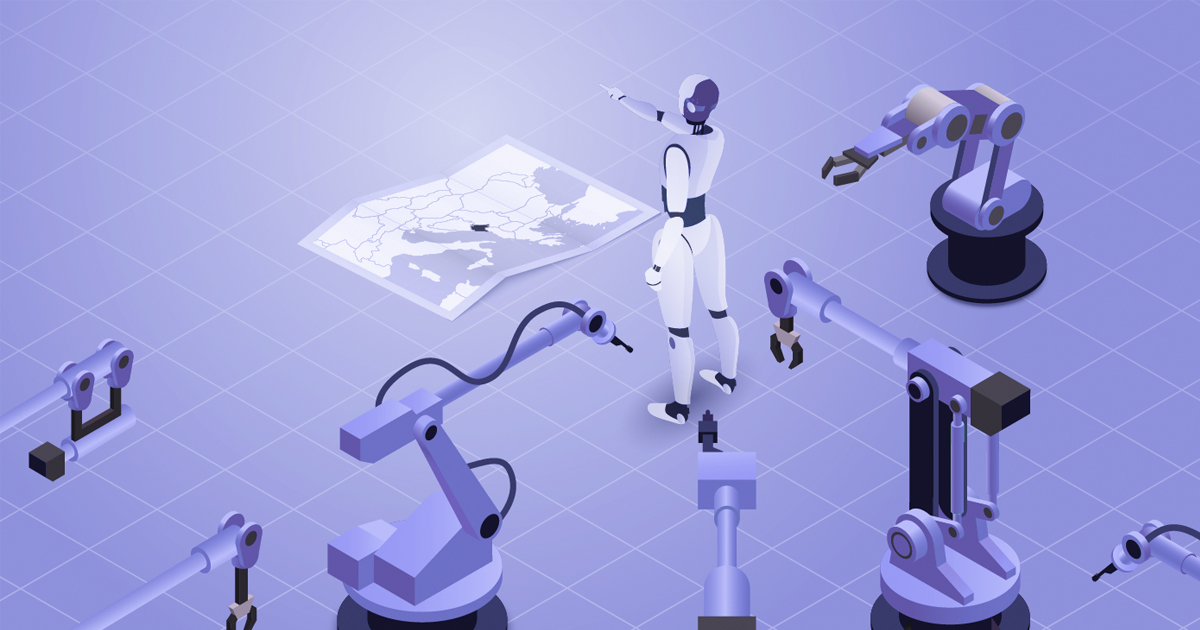Neural networks, a subset of machine learning algorithms, have gained significant attention in recent years due to their vast potential in revolutionising various industries. These networks are inspired by the structure and function of the human brain, which enables them to learn and adapt to new information over time. In this article, we will delve into the world of neural networks, exploring feedforward networks, recurrent networks, convolutional networks, and generative adversarial networks (GANs).
Feedforward Networks
Feedforward networks are the simplest type of artificial neural networks (ANNs). These networks consist of multiple layers of interconnected nodes or neurons, where each neuron processes input data and passes the result to the next layer. Feedforward networks are characterised by their unidirectional data flow, meaning that data moves in one direction only—from the input layer through hidden layers and eventually to the output layer.
Feedforward networks are particularly well-suited for tasks like pattern recognition, image classification, and natural language processing. One of their key advantages is their ability to approximate complex functions, making them versatile tools for a wide array of applications.
Recurrent Networks
Recurrent neural networks (RNNs) are a more advanced type of ANNs that possess the unique ability to retain information from previous iterations. This characteristic is particularly useful when working with time-series data or sequences. RNNs contain loops, allowing information to persist and be passed back into the network, which helps to maintain context and capture dependencies between data points.
However, RNNs suffer from the vanishing gradient problem, which limits their ability to learn long-range dependencies. This issue has been partially addressed by the introduction of advanced RNN structures like long short-term memory (LSTM) networks and gated recurrent units (GRUs).
Convolutional Networks
Convolutional neural networks (CNNs) have emerged as a powerful tool for image recognition, video analysis, and natural language processing. These networks utilise the principle of convolution, which involves applying a filter or kernel to input data to extract features such as edges, shapes, and textures. By using multiple convolutional layers, CNNs can capture hierarchical patterns and representations within data.
One of the main advantages of CNNs is their ability to reduce the number of parameters required for training, making them more efficient compared to other ANN architectures. CNNs have been successfully applied in various domains, including facial recognition, autonomous vehicles, and medical image analysis.
Generative Adversarial Networks (GANs)
Generative adversarial networks, or GANs, are a relatively new class of neural networks that have captured the imagination of researchers and practitioners alike. GANs consist of two separate networks—a generator and a discriminator—that are trained simultaneously. The generator produces synthetic data, while the discriminator attempts to differentiate between real and generated data. Through this adversarial training process, the generator learns to produce increasingly realistic data.
GANs have shown great promise in applications like image synthesis, image inpainting, and data augmentation. However, they are also notorious for being difficult to train, as they often require careful tuning and balancing of the generator and discriminator components.
Summary
Neural networks have come a long way since their inception, continually evolving to tackle increasingly complex challenges. The advancements in feedforward networks, recurrent networks, convolutional networks, and generative adversarial networks demonstrate the enormous potential of these algorithms in shaping the future of machine learning. As research continues to expand and refine these techniques, we can expect to see even more groundbreaking applications and innovations in the years to come.
